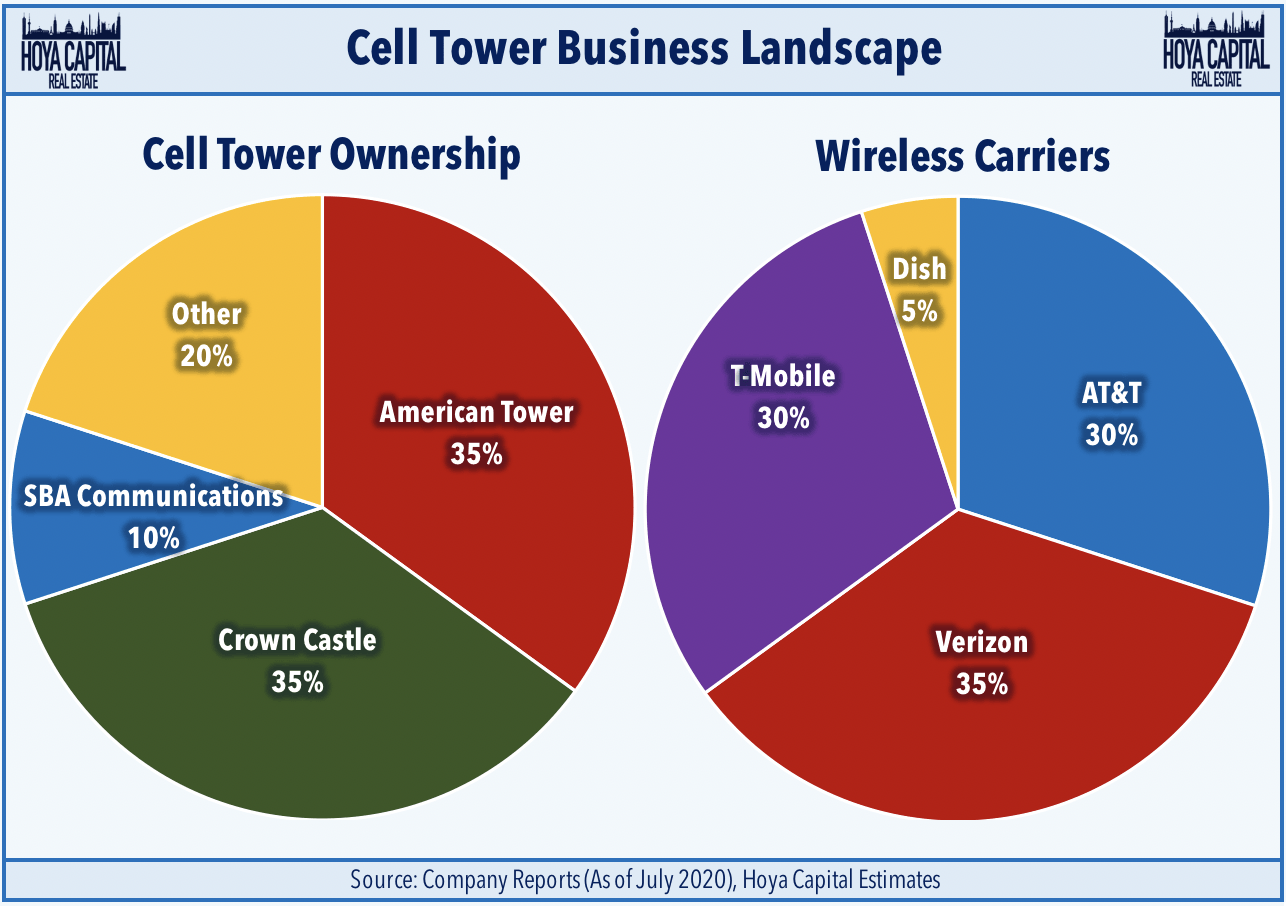If you've ever wandered through a city and spotted tiny cell towers for 5G on the poles of street lights. They appear like tiny boxes, but they're actually broadcasting wireless signals from cellular providers to your phone.

The smaller ones are being replaced by larger built cell towers. While they're less noticeable but they can still cause problems for people.
It is the Federal Communications Commission's Radiation Exposure Thresholds
The FCC's Radiation Exposure Thresholds establish the safe distance that a person can be exposed to electromagnetic radiation from wireless devices. The limits for exposure are based upon scientific research that show that RF energy could be harmful to human health.
The rate of absorption called the specific absorption rate (SAR) is an indication of the amount of radiofrequency energy taken up by tissues. It's typically 1.6 milliwatts per kilogram averaged over one Gram of tissue.
However, because https://online.jamschool.ru/users/baconmatch5/activity/38893/ transmits at higher frequencies and has the potential to cause greater energy intensity on the skin and other exposed body parts. This can lead to various possible harms, such as an increase in the development of skin conditions like dermatitis, skin cancer and cataracts.
Due to the potential for severe effects of 5g radiation, PSU has chosen to establish a general, localized limits on power density, which is 4mW/cm2 averaged on 1cm2, but not to exceed 30 minutes for all 5G services running at 3000 GHz. This localized limit is consistent with the peak SAR spatial-average of 1.6 W/kg averaged over 1 g of tissue at 6 GHz.
The FCC's Maximum Exposure Thresholds for Maximum Exposure
If you've ever used a cell phone, you're probably aware that the safest location from the tower is around 400 meters away. This is because the transmitting power of a cell tower increases dramatically the further your location from the tower.
While it sounds like something that's good however, those living close to towers may actually be more susceptible to health issues. For https://anotepad.com/notes/hew7367x , a 2014 study in India found that residents who lived within 50 meters of cell towers experienced significant more health issues than those living further far from antennas.
But, the study found that people who moved to areas that were further from cell towers experienced their symptoms return to normal within a few days. Studies have also demonstrated that exposure to extreme frequencies of radiofrequency electromagnetic fields (EMFs) can cause cancer, brain tumors, and other health problems.
This is due to the fact that the RF radiation used in wireless communication can be absorbed by the body's outer layer, called the skin. This is important to understand because the skin serves as a shield against mechanical injury, infection by pathogenic microorganisms, and the entry of harmful substances. Additionally, it is the largest organ of the human body and is responsible for keeping the integrity of other organs.
The FCC's Minimum Exposure Thresholds for the Minimum Exposure
The FCC's Minimum Exposure Thresholds are based on numerous assumptions that are not supported by evidence from science. This includes the false belief that exposures to RF radiations are not harmful because of the minimal penetration into the body (i.e. the heating of tissues).
The assumption also ignores the deeper penetration of the ELF components of modulated RF signals and the effect on the body of short bursts from pulsed RF waves. These theories are not compatible with current understanding of the biological consequences of RF radiation. As such, they should not be used for health protective exposure standards.
Additionally to https://glass-waddell.thoughtlanes.net/what-lengths-away-from-some-sort-of-5g-mobile-tower-system-is-secure-1682482170 , ICNIRP and FCC are limiting their maximum exposure limits to local peak SARs that are based on the maximum frequency of absorption (psSAR), which can be described as not a sufficient dosimetric tool to determine the degree of radiation exposure. Particularly, psSAR is inaccurate for frequencies that exceed 6 GHz. Furthermore, psSAR has not been evaluated for RF radiation exposed to other environmental agents , such as sunlight. The interactions of RF radiations with different agents in the environment could produce synergistic or antagonistic impacts. This can lead to an increased risk of negative health consequences. For example, exposure to RF radiation with sunlight may cause an increase in the incidence of developing skin cancer and exacerbate other skin conditions like acne.
